
Running Events and Races: How to Prepare
Whether you're signing up for a local 5K, a challenging half marathon, or a full marathon, the thrill of race day offers a unique opportunity to test your limits, achieve personal goals, and join a community of like-minded runners. Successful participation requires thorough preparation and a good understanding of what to expect.
1. Choosing the Right Race
Selecting a Race Distance
The first step in preparing for a race is choosing the right distance. Consider your fitness level, running experience, and goals when selecting a race. Here are some common race distances:
- 5K (3.1 miles): A great option for beginners or those looking to improve their speed.
- 10K (6.2 miles): Ideal for runners with some experience looking for a moderate challenge.
- Half Marathon (13.1 miles): Suitable for intermediate runners aiming to test their endurance.
- Marathon (26.2 miles): A challenging distance that requires significant training and preparation.
- Ultra Marathon (31 miles and beyond): For experienced runners seeking extreme endurance challenges.
The 5K and 10K are great introductions to the amount of madness you'll be subjecting yourself to. The Half-Marathon is the perfect checkpoint - after completing one you'll know in your heart and legs if you want to go beyond.
Visit Running in the USA for a list of upcoming races across the country.
Researching Race Details
Once you've chosen a race, research the event details. Consider factors like the race course, elevation, weather conditions, season and start time. Knowing these details will help you tailor your training and plan for race day. If there's been heavy rain or bad weather a few days before, that can change the course dramatically. Walk or drive the course if possible.
Setting Goals
Set realistic and achievable goals for the race. Your goals may include finishing within a specific time, setting a personal best, or simply completing the race. Having clear goals can keep you motivated throughout your training and on race day.
2. Training for the Race
Developing a Training Plan
A well-structured training plan is crucial. Your plan should include a mix of running workouts, cross-training, strength training, and rest days. The key components of a training plan typically include:
- Base Building: Establish a solid aerobic base by gradually increasing your weekly mileage. This phase focuses on building endurance and improving overall fitness.
- Speed Workouts: Incorporate interval training, tempo runs, and hill repeats to improve speed and running economy.
- Long Runs: Include a weekly long run to build endurance and simulate race-day conditions. Gradually increase the distance of your long runs, especially for longer race distances.
- Tapering: Reduce mileage and intensity in the final weeks leading up to the race to allow your body to recover and be in peak condition on race day.
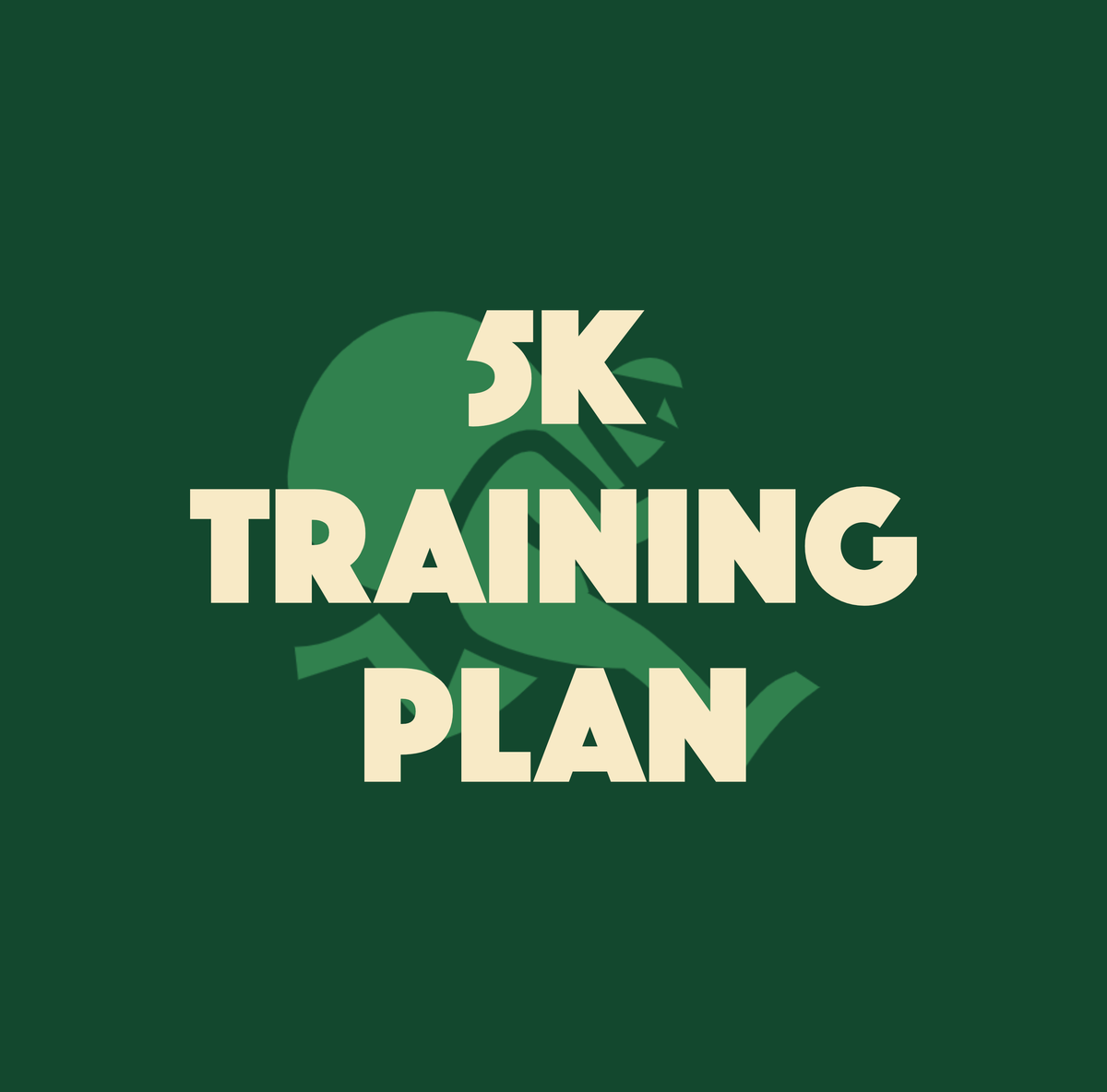

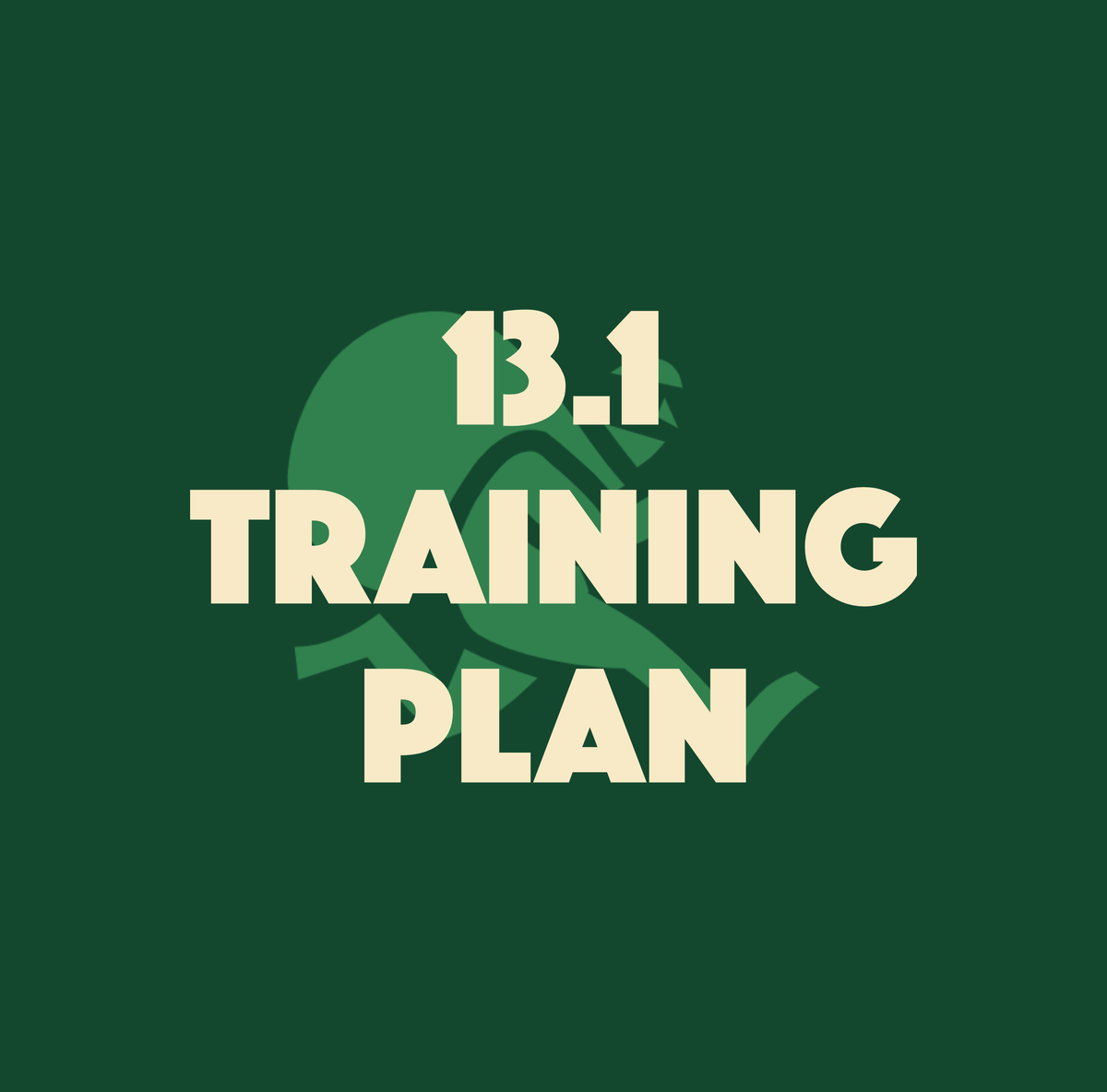
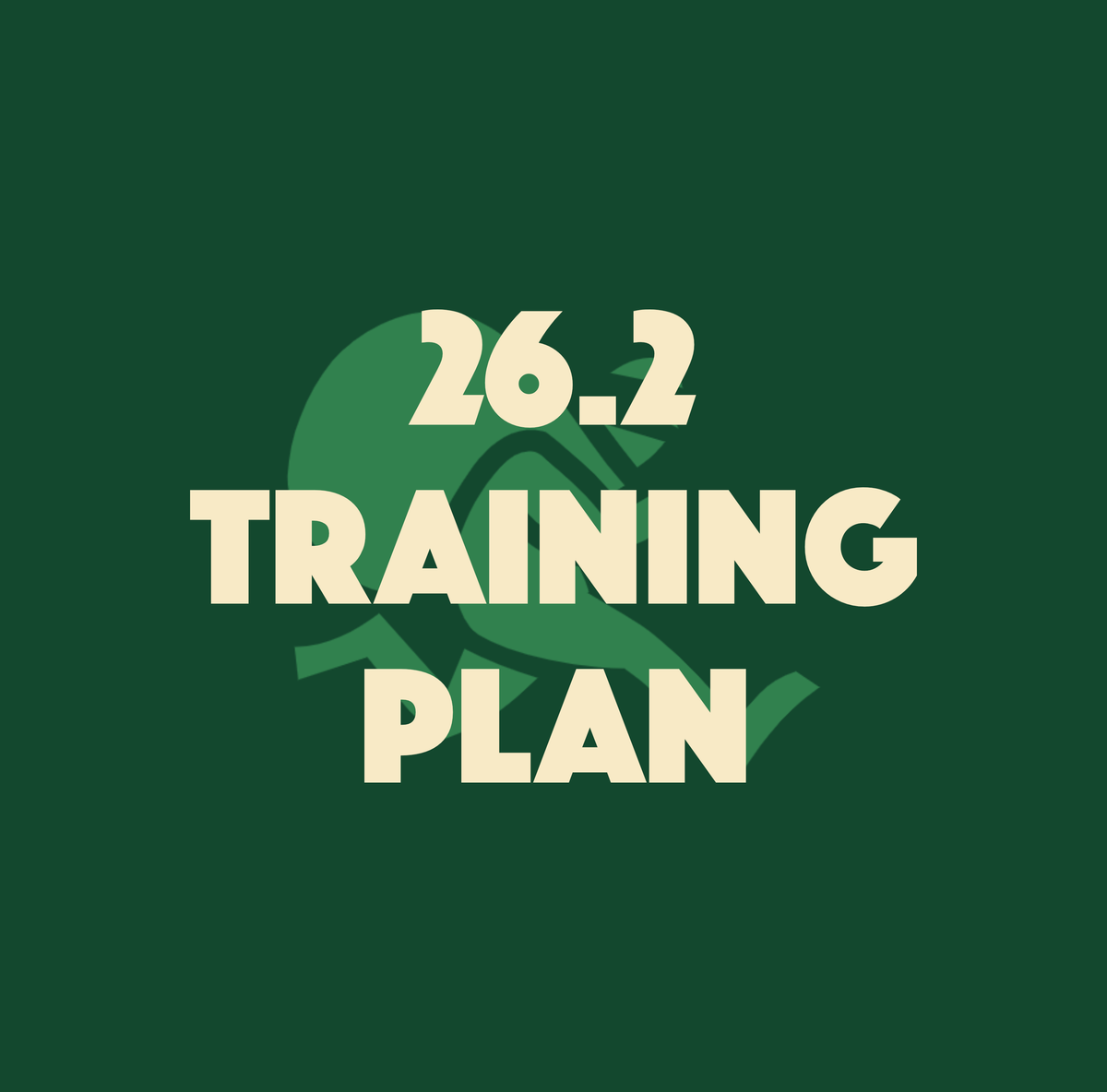
Nutrition and Hydration
Proper nutrition and hydration are essential throughout your training. Eat a balanced diet with a good mix of carbohydrates, proteins, and fats to fuel your workouts and aid recovery. Stay hydrated by drinking water throughout the day and paying attention to your hydration needs during long runs.

Injury Prevention
Preventing injuries is crucial for maintaining consistent training. Incorporate strength training and flexibility exercises to improve muscle balance and reduce the risk of injuries. Listen to your body and address any signs of discomfort or pain promptly.

Mental Preparation
Mental preparation is as important as physical training. Practice visualization techniques, set positive affirmations, and develop strategies to stay motivated and focused. Mental resilience will help you overcome challenges during training and on race day.

3. Race Day Preparation
Know Your Why
Are you running for a PR? To finish strong? To prove you can? Lock in your intention. Write it down. Let it guide you when the nerves kick in.
Visualize the Course
Study the route map. Note the aid stations, hills, and turns. Close your eyes and run the course in your mind.
Set Two Goals
One realistic (e.g. “Finish under 2:00”) and one fallback (e.g. “Don’t walk. Stay steady.”). Race day throws curveballs. Flexibility = strength.
Race Gear and Essentials
Lay out your race gear the night before, including your running clothes, shoes, race bib, and any accessories you plan to use. Consider bringing a hydration belt, energy gels, or snacks for longer races. Don't forget essentials like sunscreen, a hat, and a change of clothes for after the race. I'm a big fan of the fanny pack - I keep my gels and phone in there, plus a mini-towel to manage the sweat.
Pre-Race Routine
Develop a pre-race routine that helps you feel calm and prepared. This may include a light breakfast, a warm-up routine, and final gear checks. Arrive at the race venue early to avoid last-minute stress and have enough time to settle in. Speaking from experience.
Warm-Up and Stretching
Before the race, perform a dynamic warm-up to get your muscles ready for action. Include light jogging, leg swings, and dynamic stretches to increase blood flow and improve flexibility. A proper warm-up can enhance your performance and reduce the risk of injury.

Pacing Strategy
Having a pacing strategy is essential for managing your energy levels throughout the race. Avoid starting too fast, as it can lead to burnout later. Instead, aim for an even pace that you can maintain comfortably. For longer races, consider negative splits—running the second half faster than the first.

What to bring. What to do. How to stay calm.
You’ve trained hard. You’ve put in the miles. Now race day is here—and your only job is to show up ready. But race day isn’t the time to wing it.
This checklist covers the physical gear, mental prep, and timing essentials so you can stay focused, relaxed, and dialed in.
Gear Checklist
Essentials:
- ✅ Running Shoes (broken in, not brand new)
- ✅ Socks (bring 2 pairs just in case)
- ✅ Race Kit (shirt, shorts, sports bra, etc.)
- ✅ Race Bib + Safety Pins or Belt
- ✅ Watch / GPS Tracker
- ✅ ID + Race Confirmation / QR Code
- ✅ Charged Phone
- ✅ Pre-race Nutrition (banana, bar, etc.)
- ✅ Water Bottle or Hydration System
- ✅ Electrolytes / Salt Tabs (if needed)
Optional but Smart:
- 🔲 Body Glide / Anti-Chafe Stick
- 🔲 Sunglasses / Hat / Headband
- 🔲 Throwaway Layer (for cold starts)
- 🔲 Post-race Jacket or Hoodie
- 🔲 Towel / Wipes / Deodorant
- 🔲 Cash or Card (food trucks, transit)
- 🔲 Earbuds (if allowed and desired)
- 🔲 Emergency Contact Info
Pro Tip: Pack it all in one bag the night before. Triple check your shoes and bib.
What to Do and When
The Night Before:
- Eat dinner early (3–4 hours before bed)
👉 Something familiar: carbs + protein + hydration - Avoid alcohol or anything new
- Review your gear layout
- Set multiple alarms
- Try to get to bed 8 hours before wake-up
Morning of:
T-minus 3 hours:
- Wake up
- Hydrate with electrolytes
- Light breakfast (toast + PB, banana, oats—nothing wild)
T-minus 2 hours:
- Get dressed
- Apply sunscreen or anti-chafe balm
- Double-check your bib and gear
- Leave early (account for traffic, parking, lines)
T-minus 1 hour:
- Warm up: jog lightly, mobility work
- Use the bathroom (there will be lines)
- Sip water—don’t chug
- Run a few strides if needed
- Breathe. Chill. Trust your training.
Start Slower Than You Think
Adrenaline is a liar. Let people pass. Stay in your rhythm. You’ll pass them later.
Stick to Your Fuel Plan
Take gels or snacks on schedule (if you trained with them). Don’t try new race-day freebies.
Watch Your Pacing Device—but Don’t Obsess
Check in every mile or two. Stay present.
Adapt to Conditions
If it’s hotter, hillier, or windier than expected—adjust. Staying cool-headed is part of winning.
Mantras Work
Have 1–2 ready. Short, repeatable, meaningful. Examples:
- “Strong. Calm. Forward.”
- “This is the work.”
- “One step, one breath.”
Staying Hydrated and Fueled
Proper hydration and nutrition are critical during the race, especially for longer distances. Take advantage of water stations, and consider carrying your own hydration if needed. Consume energy gels, chews, or other snacks at regular intervals to maintain energy levels.
Managing the Mental Game
Running a race is as much a mental challenge as it is a physical one. Stay positive, focus on your goals, and break the race into smaller, manageable segments. Use visualization, positive self-talk, and mental strategies to stay motivated and overcome any tough moments.
Enjoying the Experience
Remember to enjoy the race experience. Take in the scenery, appreciate the support from spectators, and celebrate your progress. Whether you're running for a personal best or simply to finish, savor the journey and the achievement.
Keep Walking
Don’t just collapse. Walk, stretch lightly, keep blood flowing.
Refuel
Protein + carbs within 30–60 minutes if possible. Hydrate with water and electrolytes.
Check in with Yourself
Sit in the moment. What did you learn? What worked? What would you do differently next time?
Celebrate—But Don’t Spiral
Eat something good. Rest. Take the medal pic. Just avoid wrecking your body with bad food, too much booze, or jumping into hard workouts the next day.
Cooling Down and Stretching
After crossing the finish line, take time to cool down with a light jog or walk. Stretch your muscles gently to prevent stiffness and aid recovery. Focus on the major muscle groups used during running, such as the hamstrings, quadriceps, calves, and hips.
Refueling and Rehydration
Refuel your body with a balanced meal that includes carbohydrates, protein, and healthy fats. This will help replenish glycogen stores and support muscle recovery. Rehydrate by drinking water or an electrolyte beverage to replace lost fluids.
Reflect and Rest
Reflect on your race experience, noting what went well and any areas for improvement. Give your body time to recover after the race. Gentle activities like walking, swimming, or yoga can help promote recovery and prevent stiffness.
Find a race, check out our training plans and go for it!












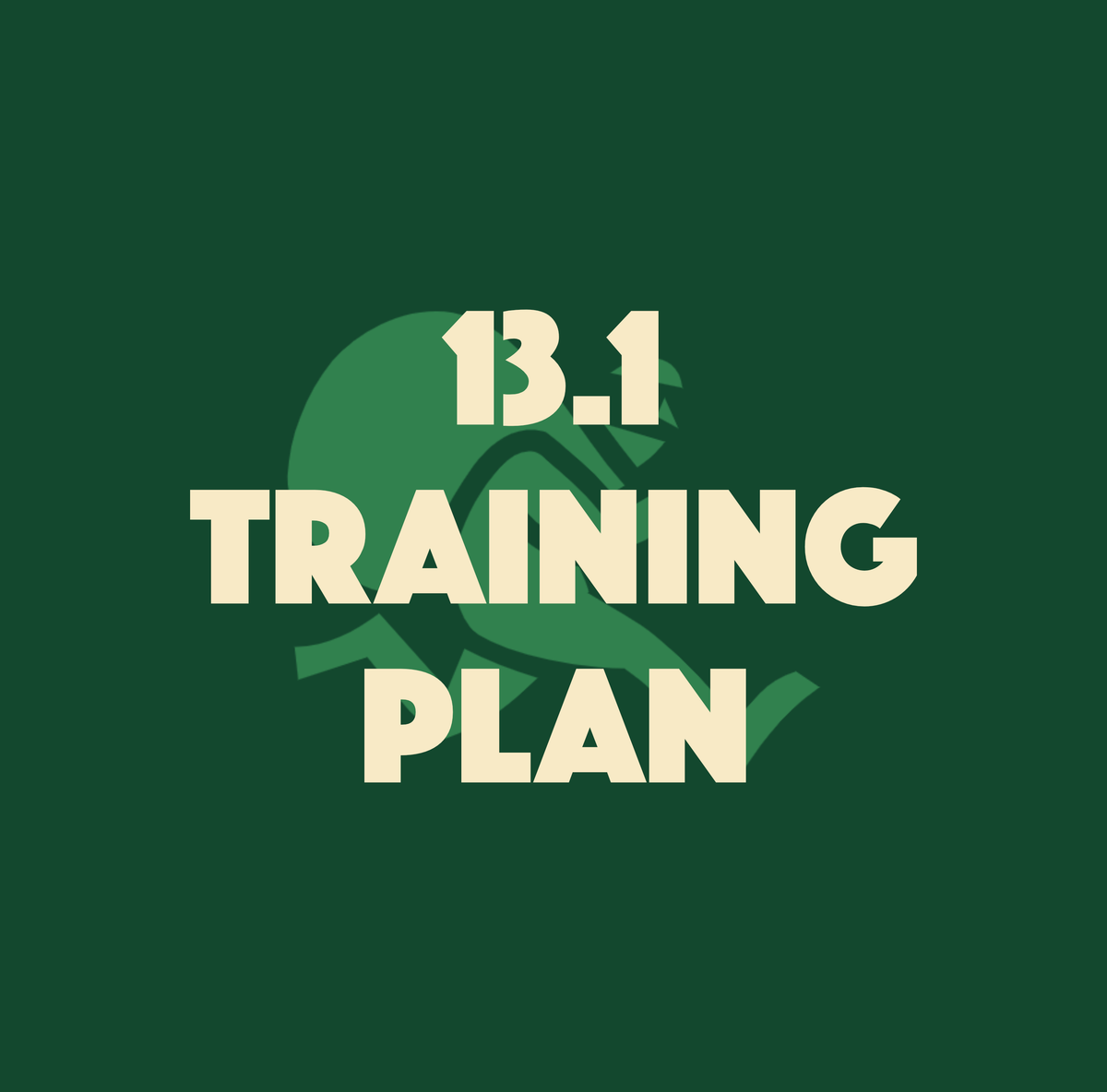
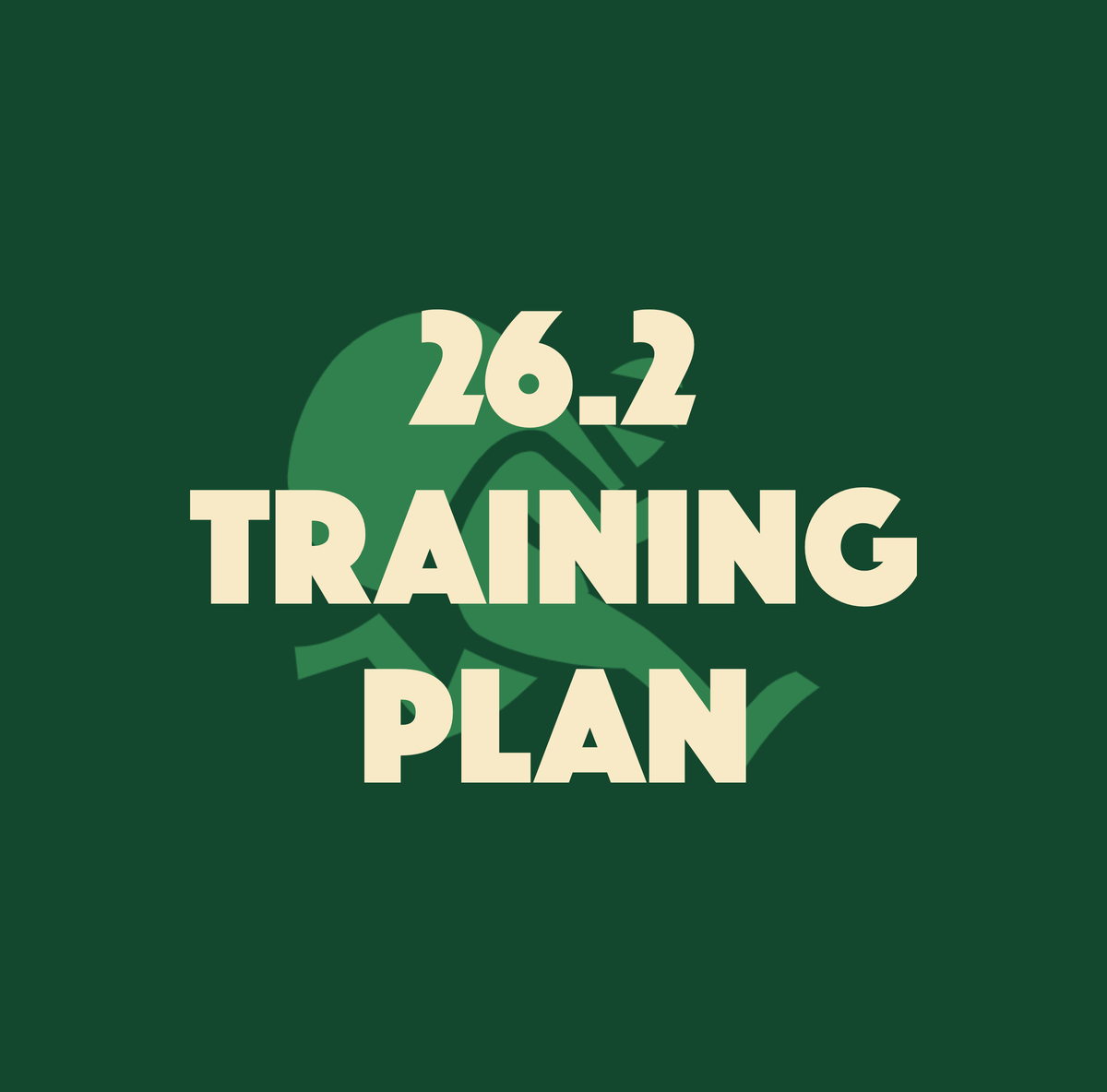






Subscribe to get updates on new content, merch and more from Sendō Worldwide.
Check out some Research: our free collection of training plans, workout guides, nutrient-dense grocery lists, pace calculators, and other tools to support your quest.
Browse the Online Shop for apparel, accessories and training books to equip yourself for the path ahead.
Have a tip, story, or idea? It could end up in a future post. Email me anytime with questions, thoughts, or even confessions — we're all in this together.





























